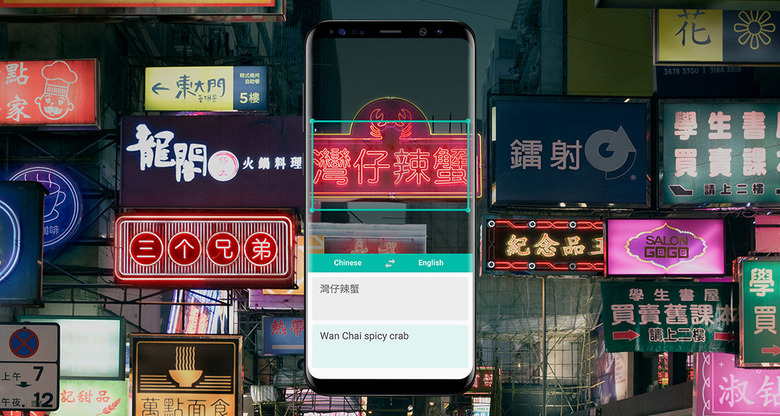Samsung's Galaxy S8 Tried To Copy A Signature iPhone 7 Feature, But Failed Miserably
The hot new Galaxy S8 and Galaxy S8+ flagship smartphones were met with heaps of praise when they were unveiled by Samsung on Wednesday morning, and rightfully so. As we covered thoroughly in our hands-on Galaxy S8 preview ahead of Samsung's announcement, these are without question the most stunning, best-designed, and most powerful smartphones the word has ever seen.
Android fans are rarely this excited about new smartphones, but the Galaxy S8 and S8+ are quite deserving of all the buzz. They pack a ton of innovation and an exciting new design into phones that are far more compact than they should be with screens that large, but not everything inside the Galaxy S8 and S8+ is new and innovative. In fact, there's one signature feature that Samsung tried to rip off from Apple's iPhone 7 and iPhone 7 Plus, but the company failed miserably.
In one of our many posts on Wednesday covering Samsung's big announcements, we commented on how annoying it was that Apple fans were accusing Samsung of copying Apple's naming scheme by calling its phablet the "Galaxy S8 Plus." Last time we checked, 2014 came after 2011, which is when Samsung released its first smartphone with "Plus" in the name.
Samsung copies Apple enough in real life, Apple fans — there's no need to invent fake instances of Samsung being a copycat.
While we're on the topic of actual instances where Samsung copied Apple, the Galaxy S8 and S8+ are definitely unique smartphones but they're not entirely original. In fact, they sort of include one of the iPhone 7 and iPhone 7 Plus' new signature features. We say "sort of" because, well, Samsung failed pretty spectacularly in its attempt to rip off this particular feature.
The iPhone 7 and iPhone 7 Plus don't have a home button, at least not in the tradition sense. A fixed glass surface replaces the phones' traditional home button, and Apple uses a clever combination of pressure sensitivity and enhanced haptic feedback to simulate the sound and feel of an actual button press. It's a complex, elegant solution that is under-appreciated because it's so seamless, and it took Apple more than five years to develop the technology that makes it work.
Meanwhile, Samsung cut every corner in its attempt to replicate this feature on the Galaxy S8.
The new S8 and S8+ have also done away with a physical home button. In Samsung's case, the oblong home button was removed so that the company could narrow the bezels above and below the screen, dramatically increasing the phone's screen-to-body ratio. A virtual home button near the bottom of the display replaces the missing physical button, similar to the virtual home button on the iPhone 7. Samsung's virtual home button also has haptic feedback, but it's nothing like the iPhone 7.
First of all, the button's pressure sensitivity is nowhere near as complex or as accurate as 3D Touch on the iPhone. Then, the haptic feedback feels nothing like an actual button press, as is the case on the iPhone. Instead, it feels like any other haptic feedback.
This might not seem like a big deal, but it has a dramatic impact on the user experience. As Apple works toward removing all physical buttons and perfecting its Taptic Engine so it can simulate button presses anywhere on the screen, Samsung appears to be cutting corners despite also moving in the same direction as Apple.
